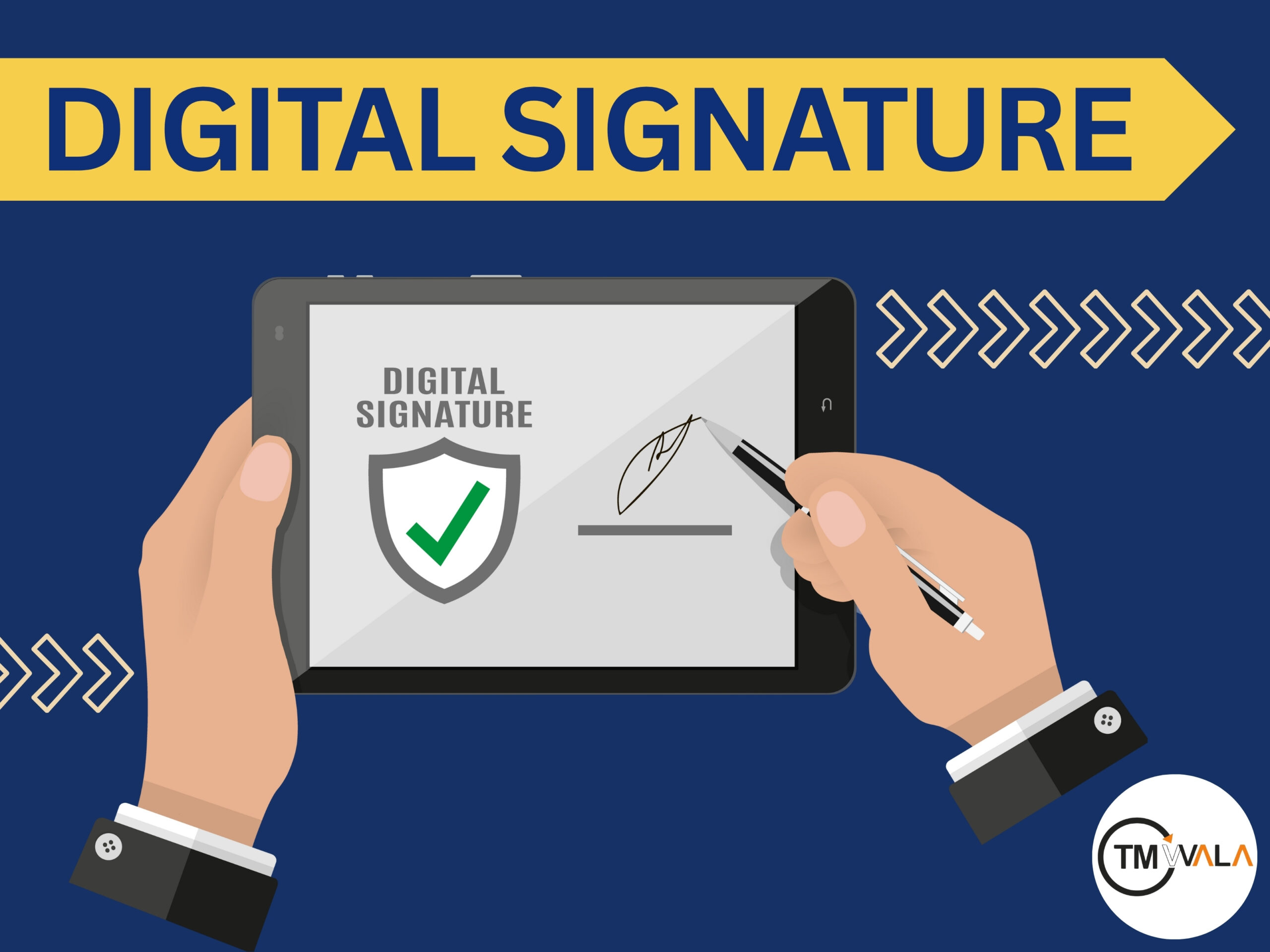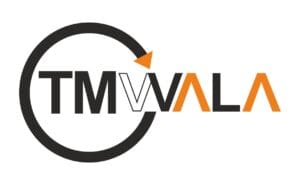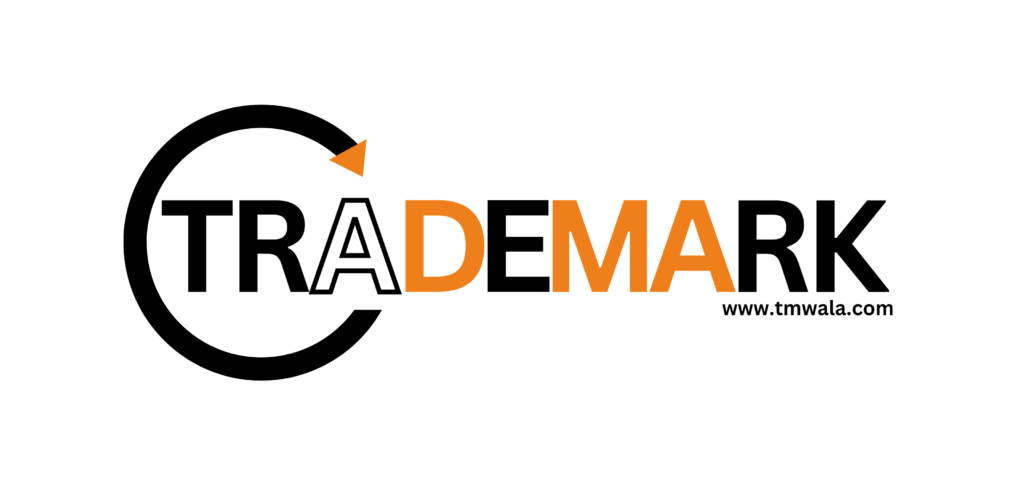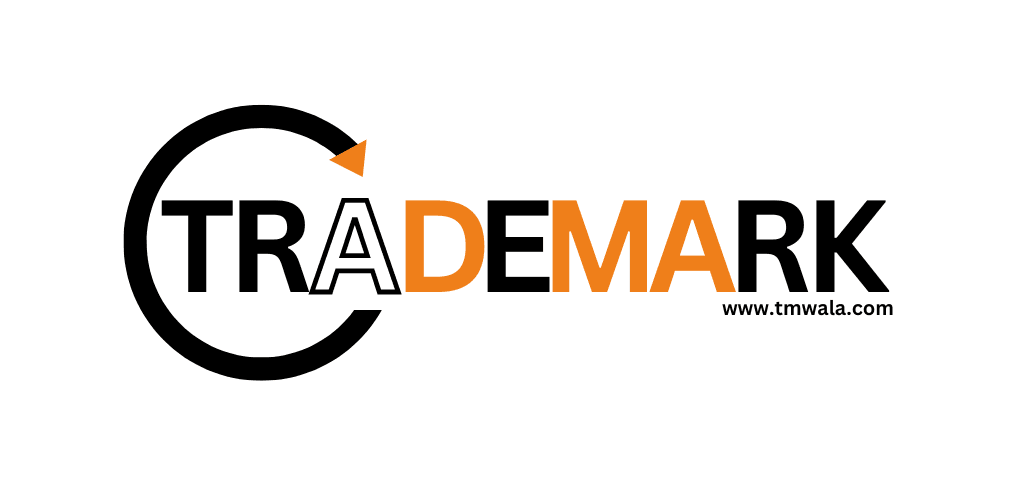
A digital signature is a mathematical scheme used for verifying digital messages and digital documents. It is a cryptographic technique used for verifications of the sender’s identity that the message or documents originate from the claimed source.
The main concept of digital signatures is identity verification; in today’s digital world, it plays a critical role in online interactions.
This is the advanced digital identity technology; by this the user, identity to every message, file, or any transactions they initiate to directly link with the users.
In digital signature, an individual is assigned the certificate containing the public information and a unique public and private key pair.
Understand its requirement with a scenario: if a signee cannot meet in person at a particular time, place, or date, through the digital signature the documents will be processed and verified in authenticated format.
The digital signature is being created with the hash algorithm or schemes of algorithms like DSA and RSA that use public key and private key encryptions. It is also known as asymmetric cryptography. All the tools that are used to digitally sign a document are numerical in nature.
The senders create a unique digital fingerprint, or hash, by using the cryptographic hash function. This hash uniquely represents the contents of message, and any changes will recognized by the different hash.
The sender inscribes this hash with their private key and their digital signature; this step validates that the signature could only be generated by the user who holds the private key.
After that, for the verification the digital signature is attached to the message sent to the recipient along with the public key of the sender. Further the verified signature of the public key will be used by the recipients. Thus, it is authenticated.
A digital signature protects the confidentiality and secrecy of the signee’s information that it should be reliable and originality confers. Digital Signature is a paperless transaction that enhances the credibility of the sender. It also serves as eliminating the physical appearance and simplifies the work process.
1) Convenient to use – It is convenient to use the digital signature by every businessman or commercial person.
2) Time Saving– It is a time-saving instrument because one can use it from their place; there is no need to go anywhere for the digital signature or authentication.
3) Easy to prove in court – It is easy to prove in court because the documents and evidence are all available on the portal; proofing the ground reality is easy.
4) Legally secure document– It is legally secure because of the private and public key, the sender and recipients only can have access for seeing the documents and for validation of them.
5) It is more efficient to sign the bulky documents at once– Easy to make signatures for bulky documents and so reliable for maintaining.
Intellectual property laws play a significant role in the online platform as many digital functions. In the dominion of intellectual property rights, digital signature plays an essential role, specifically in the digital regime.
The digital signature helps in authenticating the identity of the sender of digital works. Ensuring that the IP is the origin of the legitimate source is particularly important for the online copyright – protected works and patent filed electronically.
By using the digital signature, IP owners can provide the proof of origin of their work. This ensures that the creators cannot deny the work created or sent any digital content by them, to make easy establishment of ownership in case of any dispute.
A digital signature also ensures that the contents of the agreement should be confidential and could only be accessible to authorized parties.
In a digital signature there is an attachment of the reliable time stamp, which is critical in copyright claims and patent applications.
Digital signatures can be used in tracking and monitoring the usage of IP. For example, in software licensing, a digitally signed key may be used to prevent unauthorized use or distribution of software.
Digital signatures help in securing the integrity and authenticity of the transferred content, such as software, design, and artwork, which are transacted online.
In the digital signature the process begins with the generation of a cryptographic key: a public and private key. Where the private key is to be secured by the signer and the public key to share with the recipients.
It is a function that creates a fixed length and unique hash value, which ensures that even a small change in the document will produce a completely different hash.
Then the generated hash value is encrypted using the signer’s private key. This encrypted hash, along with additional information, such as hashing and algorithm used, constitutes the digital certificate.
The encrypted hash is attached with the documents to create a signature.
In verification, both cryptographic hashes (senders-generated hash and recipients generated hash) are compared with each other; if both are the same then the document hasn’t been tampered with.
Despite the benefits, the digital signatures also face several challenges, including implementation security and legal acceptance.
The users can take significant steps to enhance the security of the digital signatures, helping the users to secure hashes from the cyberattacks, and also prevent cyberthreats.
In summary, a digital signature is a tool that protects the integrity, authenticity, and ownership of IP in the digital age, it is more secure tool than an “electronic signature” and also trustworthy. It is very difficult to forge or manipulate the digital signature.
Thus, digital signature offers significant advantages, such as data integrity, legal enforceability, etc. They also face several challenges like vulnerability, user adaptation hurdles and legal disparities, etc. Addressing these challenges could lead to fostering wider acceptance and increasing the usage of digital signatures in the digital world.
Wish to obtain Digital Signature? Click the link to get your digital signatures today: https://tmwala.com/digital-signatures/
Link to the Official Portal of Ministry of Corporate Affairs: https://www.mca.gov.in/MinistryV2/acquiredsc.html
Get started instantly
"*" indicates required fields

TMWala
Your one stop shop for all your business registration and compliance needs.
"*" indicates required fields
Choose your Entity Type
Non-MSME/ Large Entitie
Individual/ MSME/ Sole Proprietorships

₹9,000.00 Original price was: ₹9,000.00.₹3,999.00Current price is: ₹3,999.00.
Trademark Application @ ₹3999* (Premium Discounted Plan for MSME/Individual/Sole Proprietorships) Comprehensive
Government Fees
₹4500/-

₹9,000.00 Original price was: ₹9,000.00.₹3,999.00Current price is: ₹3,999.00.
Trademark Application @ ₹3999* (Premium Discounted Plan for Non-MSMEs/Large Entities) Comprehensive
Government Fees
₹9000/-
Choose your Entity Type
Individual/ MSME/ Sole Proprietorships
Non-MSME/ Large Entities
₹3,500.00 Original price was: ₹3,500.00.₹1,999.00Current price is: ₹1,999.00.
Government Fees
₹4500/-
₹3,500.00 Original price was: ₹3,500.00.₹1,999.00Current price is: ₹1,999.00.
Government Fees
₹9000/-
Choose your Entity Type
Individual/ MSME/ Sole Proprietorships
Non-MSME/ Large Entities

₹1,500.00 Original price was: ₹1,500.00.₹999.00Current price is: ₹999.00.
Trademark Application @ ₹999* (Basic Discounted Plan for MSME/Individual/Sole Proprietorships) Best-Selling, Economical & Easy

₹1,500.00 Original price was: ₹1,500.00.₹999.00Current price is: ₹999.00.
Trademark Application @ ₹999* (Basic Discounted Plan for Non-MSMEs/Large Entities) Best-Selling, Economical, Quick and Easy